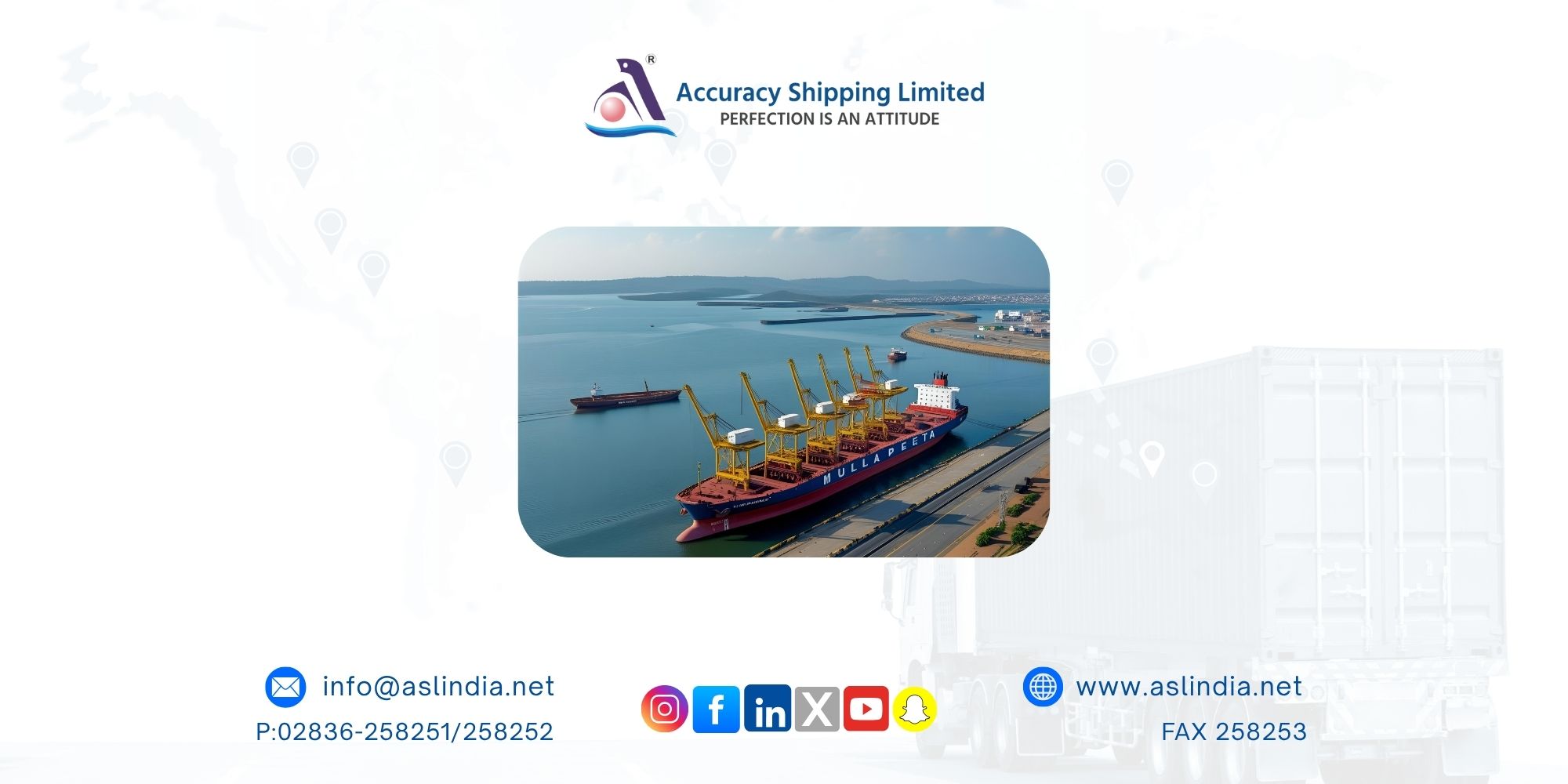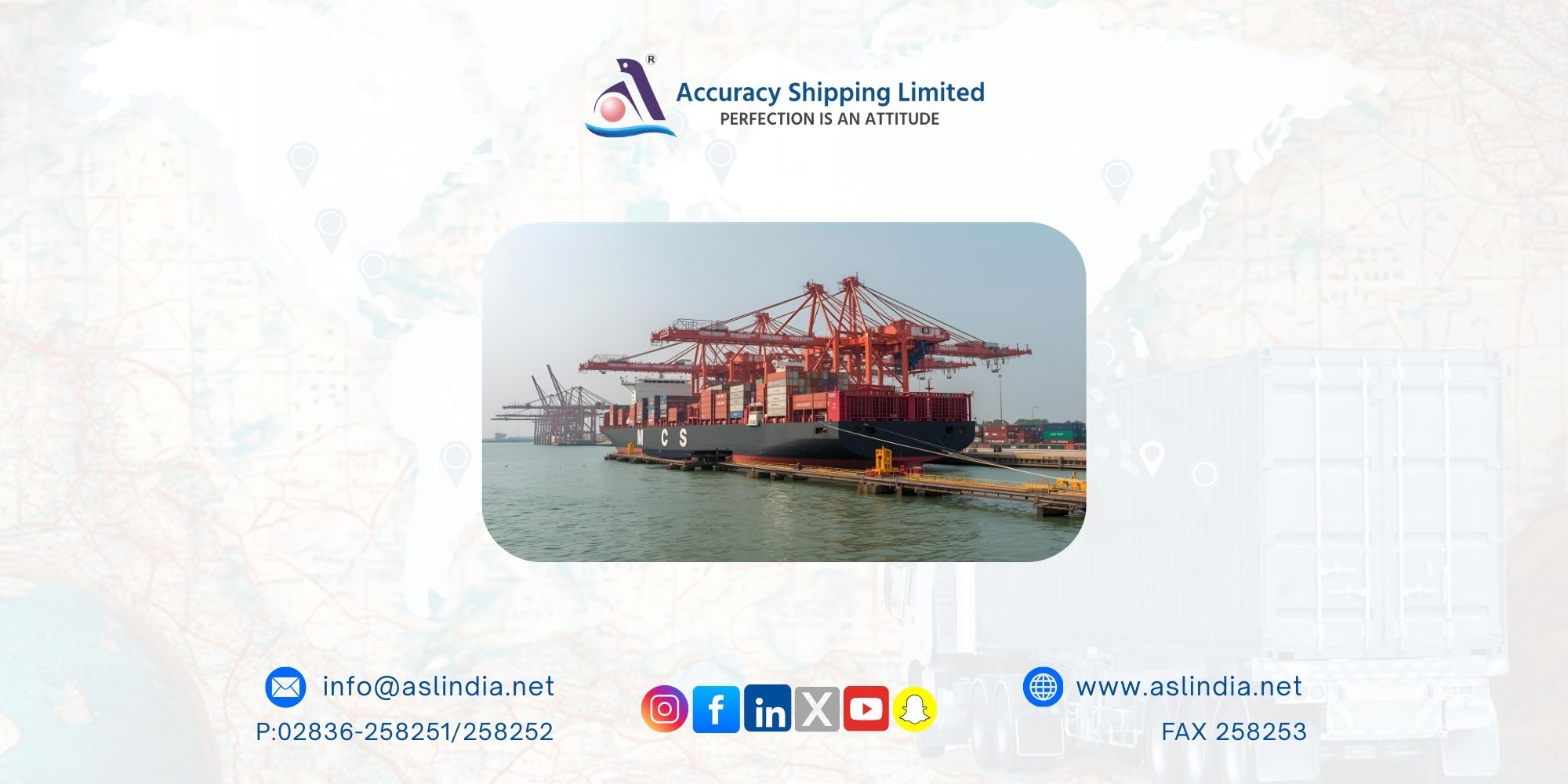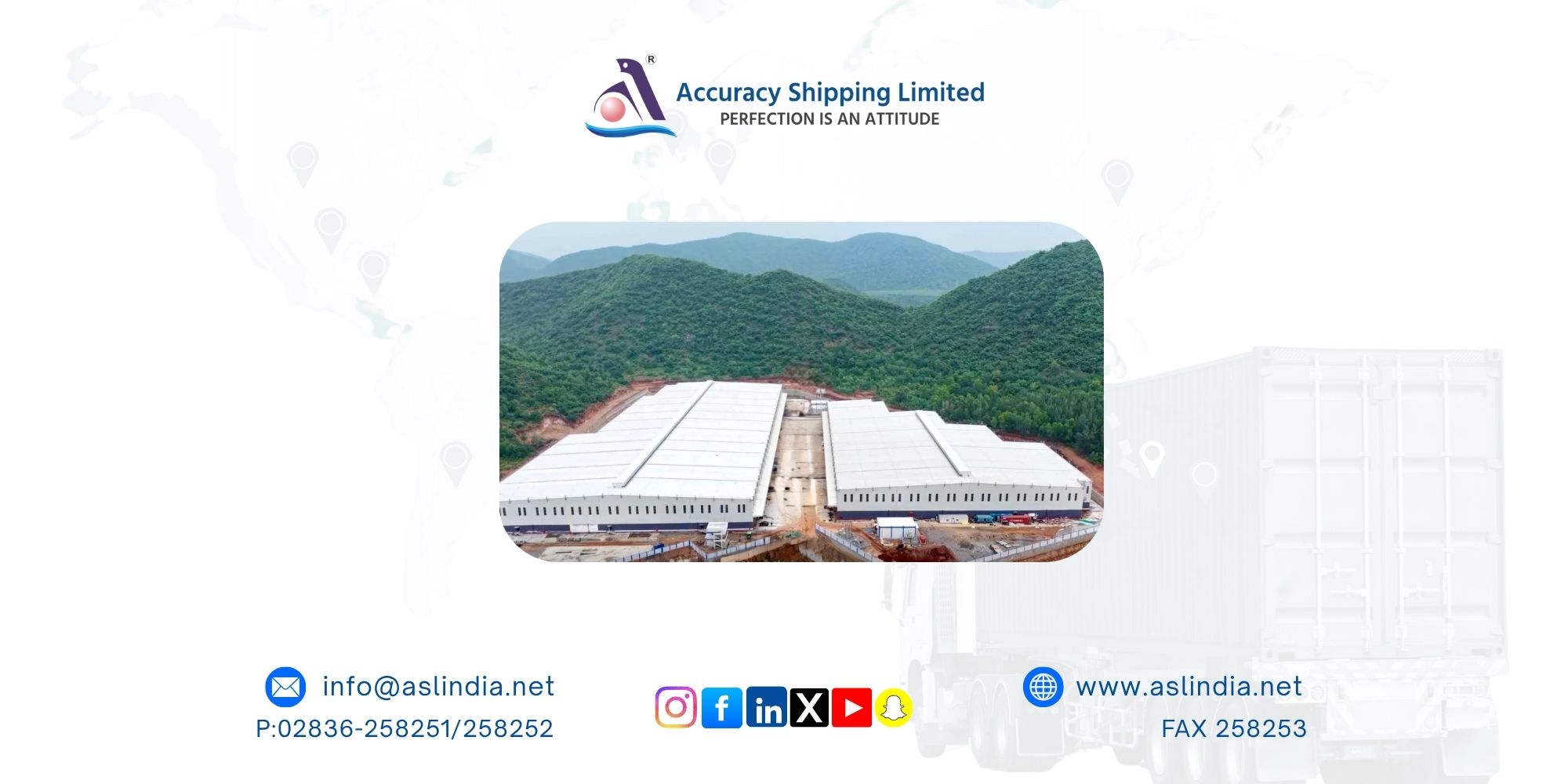Mulapeta set to become mega port as centre pushes development plans

The Mulapeta port project in Andhra Pradesh is poised to become a significant maritime hub as the Central government intensifies efforts to accelerate its development. Located in the Srikakulam district, Mulapeta is now at the heart of a strategic initiative aimed at transforming the region’s industrial landscape, with the Union government-run Visakhapatnam Port Authority playing a central role.
₹1,500 Crore Investment by Visakhapatnam Port Authority
The Visakhapatnam Port Authority has proposed an investment of nearly ₹1,500 crore to support the development of the mega port at Mulapeta, currently under construction by the Andhra Pradesh state government. This move is expected to reduce the state’s financial burden by saving around ₹150 crore annually in interest on loans taken for the Engineering, Procurement, and Construction (EPC) model of the project.
In addition, the Port Authority has submitted a request to the Centre for the transfer of around 2,000 acres of adjacent salt land, aiming to develop a Special Economic Zone (SEZ) or a port-based industrial hub that will enhance the port’s commercial ecosystem.
Advantage of Amended Salt Land Transfer Guidelines
In 2024, the Union government amended guidelines for transferring unproductive salt lands. Under these new norms, Central Public Sector Enterprises like the Visakhapatnam Port Authority can obtain such land for a token amount of ₹1 on a 99-year lease. In contrast, state governments must pay 50% of the guideline value. This distinction gives the Visakhapatnam Port Authority a clear advantage in accessing vast salt lands at minimal cost, while the Andhra Pradesh government must allocate significant funds if it seeks to take over the land.
This land, managed by the Salt Commissioner’s Organisation under the Department for Promotion of Industry and Internal Trade (DPIIT), is crucial for the port’s success. The backup land is essential for the envisioned industrial and cargo-handling operations.
Political Collaboration Yet Slow Progress
Despite the Telugu Desam Party (TDP), led by Chief Minister N. Chandrababu Naidu, and the BJP sharing power both in the state and at the Centre, the land transfer and project execution have seen delays. During a recent event at Visakhapatnam Port, T.K. Ramachandran, Secretary of the Ministry of Ports, Shipping and Waterways (MoPSW), encouraged Visakhapatnam MP M Sribharat (TDP) to push for Mulapeta’s development in line with the Vadhvan mega port in Maharashtra.
At a meeting with MoPSW officials, Chief Minister Naidu expressed his intent to review the matter and consider all options before making a final decision on the salt land transfer. Meanwhile, the DPIIT has advised that only one entity either the Visakhapatnam Port Authority or the Andhra Pradesh Maritime Board should apply for the land, to avoid conflicts and streamline development.
Strategic Importance and Future Potential
The Phase 1 of the multipurpose port project, with an estimated cost of ₹3,670 crore, includes four berths three for general cargo and one for coal with a total handling capacity of 23.5 million tonnes per year. The Visakhapatnam Port Authority has already prepared a Detailed Project Report (DPR) for Phase 2, underscoring its long-term vision for the region.
Mulapeta is one of three ports being developed solely with state funds to expand Andhra Pradesh’s port capacity. However, its successful transformation into a mega port relies heavily on cooperation between the state government, Visakhapatnam Port Authority, DPIIT, and MoPSW. The Andhra Pradesh Maritime Board is also expected to play a crucial role, requiring experienced officials to coordinate and accelerate progress.
Conclusion
The Mulapeta port project stands at a critical juncture. With strategic backing from the Centre and proposed investments from Visakhapatnam Port Authority, it has the potential to emerge as a maritime powerhouse in Andhra Pradesh. However, swift decisions on land allocation, clear jurisdiction, and collaborative governance will be the key drivers of its successful realization. As the state and central entities work toward consensus, the port’s future as a catalyst for industrial growth hangs in balance but with high hopes.







